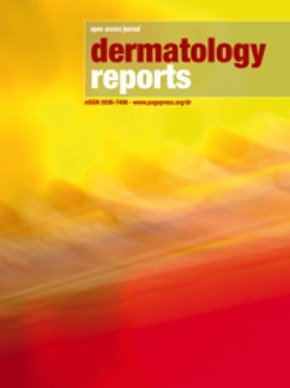Asian herbal medicine for atopic dermatitis: a systematic review
All claims expressed in this article are solely those of the authors and do not necessarily represent those of their affiliated organizations, or those of the publisher, the editors and the reviewers. Any product that may be evaluated in this article or claim that may be made by its manufacturer is not guaranteed or endorsed by the publisher.
Authors
Asian herbal medicines have been known for decades, and some have been used to treat atopic dermatitis (AD). This chronic and persistent inflammatory skin condition causes severe morbidity and negatively impacts the quality of life. In numerous trials, traditional Chinese medicines have demonstrated clinical efficacy for AD. However, there is no well-documented summary of the wide variety of Asian herbal medicines used in treating AD. We aimed to systematically summarize the use of Asian herbal medicine in AD. An English-language literature search was performed in three electronic medical databases: PubMed, Cochrane Library, and EBSCOhost using keywords [(“atopic dermatitis” OR “atopic eczema”) AND (“traditional” OR “herbal”)] and limited to references published between January 2015 and December 2022. The literature included newborns, infants, children, adolescents, and adults. The review was conducted using the Preferred Reporting Items for Systematic Reviews and Meta-Analyses extension to determine the main criteria. The content and inclusiveness of the search were filtered using relevant terms (MeSH/Emtree), keywords, titles, and abstracts. Thirteen articles (12 randomized clinical trial + 1 clinical trial) reported a variety of herbal medicine compounds to treat AD with various efficacy. Most studies reported significant improvement when comparing the herbal medicine with a placebo, but only 1 study reported substantial improvement of SCORAD compared to corticosteroids. Asian herbal medicines have been studied and may be used as an alternative treatment in treating AD with fewer adverse effects. However, its role did not change the position of standard treatment in treating atopic dermatitis.
How to Cite

This work is licensed under a Creative Commons Attribution-NonCommercial 4.0 International License.








